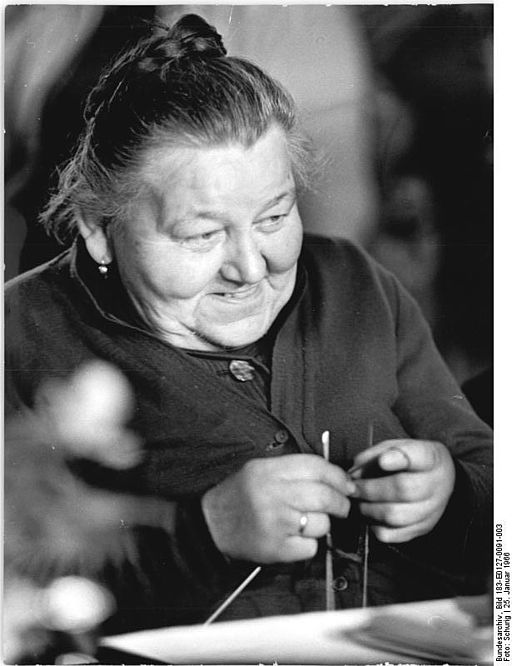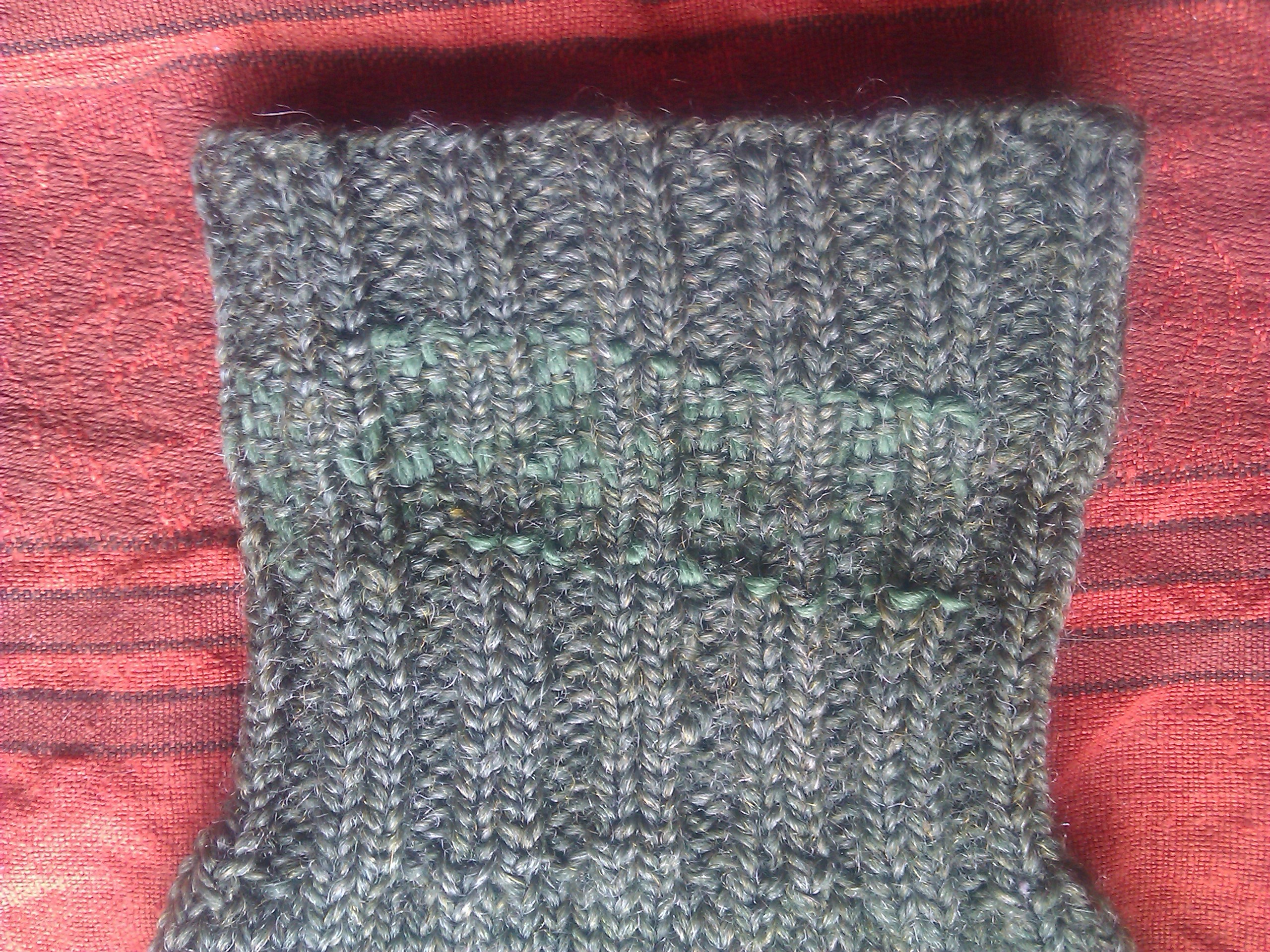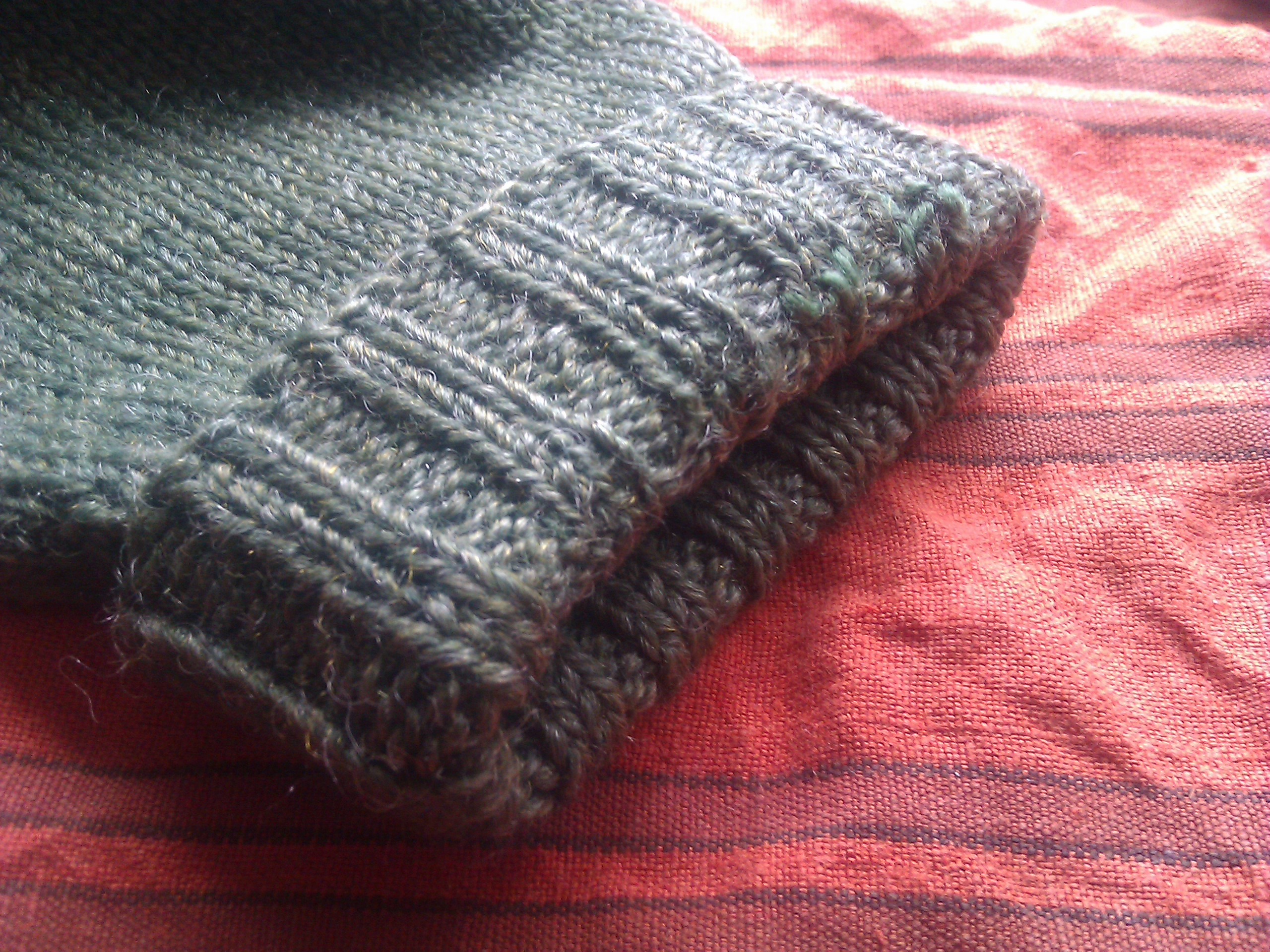Most of us would like to have a more ethical wardrobe. Most of us don’t. It’s not a case of active ill will, or even apathy – it’s a matter of not knowing where to start. Or what to do.
After all, clothes don’t come with labels saying how many toxic chemicals were used in their manufacture, or how many hours of unsafe, underpaid or even forced labour went into their production.

Which makes it hard to know whether the item you are buying is supporting people who desperately need the work, or taking advantage of their desperation to effectively transform them into your outsourced slaves.
Which is why it was not only informative but invigorating to read Lucy Siegle’s book To Die For: Is Fashion Wearing Out the World? Because she not only points out the problems, but suggests a few solutions. I’ve collated ten of them here for your consideration.
1: choose your fibres carefully. Production, useful life, disposal. Some man-made fibres are actually less unfriendly to the environment in production than, say, cotton; but on the flip side your grandchildren’s grandchildren will be cold in their graves and the stuff still won’t have rotted down. I recommend Siegle’s book for a more in-depth analysis of the pros and cons of various fibres. Organic cotton and wool are two of the better options.
2: mend. Siegle suggests putting aside 10% of your clothing budget for mending; you get more Little Old Lady points if you do the mending yourself. Personally, I take my shoes to a cobbler for resoling and mends (considerably cheaper than a new pair of good shoes), but I try to do other mending myself – buttons, hems, darning…

3: buy second hand. Alas, the nature of fast-fashion means that the quality of second-hand clothing is considerably lower than it once was: if you expect people to move on to something new after two or three wearings, there’s no need to make the item durable. Not to mention that if you’re a sweatshop worker paid by the item, there’s a lot of pressure to construct the garment quickly, not well. Still, good items can be found, they just take a bit more finding than they used to.
4: swap. Either casually, among friends (it helps to have friends of similar taste and/or size) or at an organized swap. As with buying second-hand, it gives the garment a useful second life, rather than consigning it to the dump.
5: make your own. I was delighted to read Siegle’s line, “In many ways knitting is the perfect cornerstone for the burgeoning ethical fashion movement.” I can knit my own socks, hats, gloves and so forth; my next big batch of skills to be acquired is learning how to sew my own clothes. Obviously, this is a long-term, take-it-a-step-at-a-time proposition. Still, the freedom inherent in being able to decide for yourself what cloth, cut and colour you want, instead of being forced to choose from a limited number of options, is very alluring.

6: launder carefully. We tend to forget that some of a garment’s eco-impact is neither in its birth nor in its death, but in its life with us. Wash your clothes in cold water, air-dry where possible, and don’t wash your clothes unless they actually need it. (You don’t need to launder a garment just because it’s touched your body. Unless you have some sort of oozing skin disease…) Avoid dry-cleaning too, if you can – the ‘perc‘ which is most commonly used in dry-cleaning is not only carcinogenic but neurotoxic. And in any case, most things marked ‘dry clean only’ do not explode in a ball of flames if you gently hand-wash them.
7: re-use materials. One garment can be refashioned into another. A sheet can become a dress. A pair of jeans can embark on a second life as a skirt. A hideous knitted monstrosity from the op-shop can be unravelled for the wool and reknitted into something much more appealing. (Unless it’s glittery mohair. Not much can be done about that.)
8: buy from ethical brands. This takes a fair bit of digging, as nothing pleases the corporate pocket-book more than marketing to the fair-minded without actually putting their money where their mouth is, but happily there are those who will do some of the digging for you. Baptist World Aid’s Ethical Fashion Guide is compiled for the Australian market, but globalization being what it is, people from all over will find it useful.

9: move slowly. Don’t allow yourself to be rushed into purchases, either by lack of planning (hole in the last good pair of socks!) or by cunning marketing ploys. Do your due diligence. Plan ahead. Savour the pleasures of anticipation. Don’t buy anything unless you’re sure that you’re making a good decision, one that you’ll be happy with tomorrow (and all the years to come).
10: consume less. As Dame Vivienne Westwood says, “Buy less. Choose well. Make it last. Quality, not quantity. Everybody’s buying far too many clothes.” Wearing the same things over and over again is not a penance when each item is something you love, something which tells the world a bit about who you are, something that is a pleasure to wear.
Lucy Siegle writes at the end of To Die For, “Free of the constraints of endless consumption, you can have a wardrobe that is more sustainable, more valuable, more enduring and more you.”

Doesn’t that sound wonderful? If you’re anything like me, there’s a fair way to go yet, but we can get there – one step at a time.







